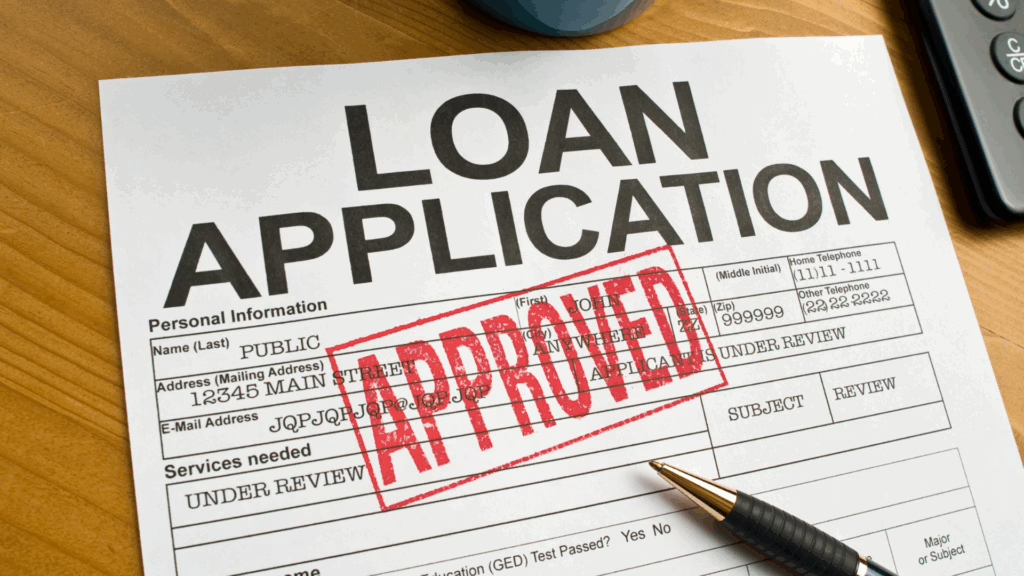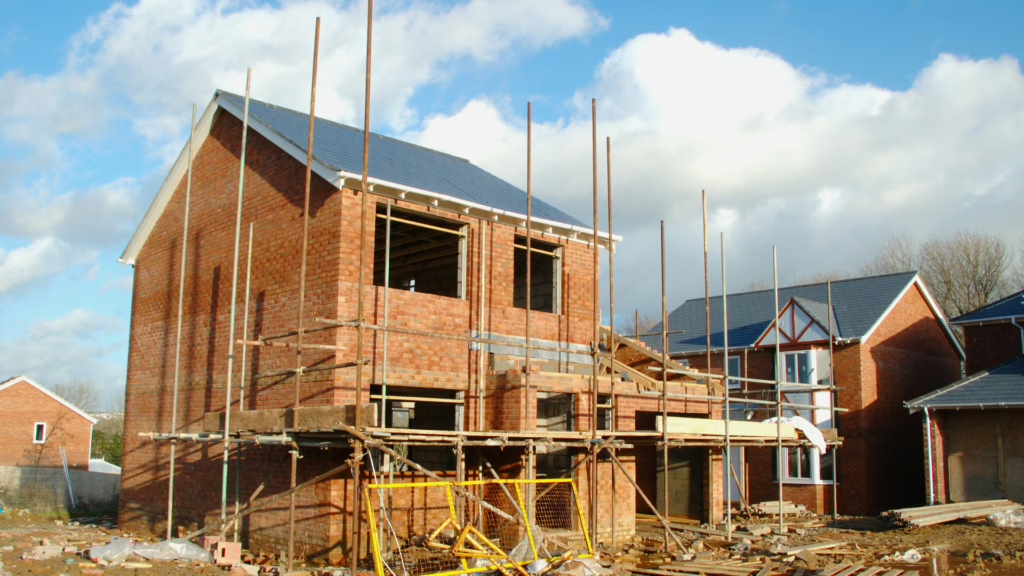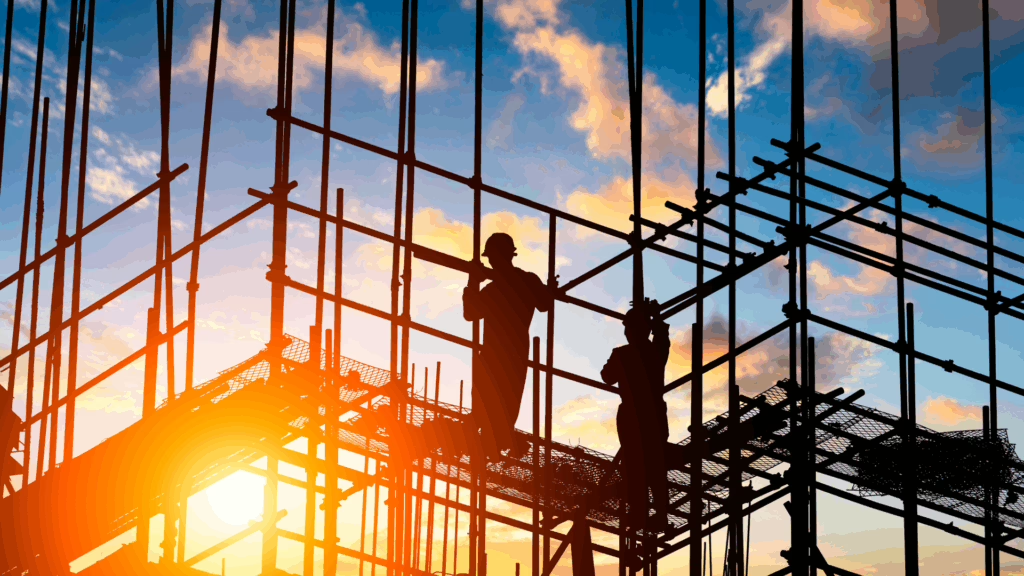In a housing market defined by rising costs and tighter lending standards, many buyers are turning to new construction homes as a fresh start. The clean slate of a brand-new home is appealing—modern layouts, efficient appliances, and fewer repair surprises—but financing that dream can look very different than buying an existing property. Understanding your financing options is essential to making smart, sustainable decisions.
Understanding the Basics of New Construction Financing

Buying a newly built home involves more than selecting countertops and floorplans. At the core of the process is financing—often one of the most misunderstood aspects of new construction purchases. Unlike resale homes, which typically close with a standard mortgage loan, new builds may require a more complex arrangement, depending on the builder, project timeline, and buyer needs.
There are generally two types of financing structures for new builds: construction-to-permanent loans and builder-financed purchases. The first involves the buyer securing a construction loan that converts into a traditional mortgage once the home is complete. The second often relies on the builder financing the construction phase, with the buyer closing on a mortgage after the home is finished.
Buyers should be aware that each path carries different risk levels, approval requirements, and time commitments. Choosing the right loan structure requires coordination with your builder, lender, and potentially a real estate attorney.
Construction-to-Permanent Loans Explained

A construction-to-permanent loan, often referred to as a “one-time close” loan, allows buyers to finance both the building phase and the eventual mortgage through a single application process. During construction, the lender disburses payments in stages—called draws—based on completed milestones. Once the build is done, the loan automatically converts to a traditional mortgage.
This type of financing offers simplicity and cost savings by eliminating the need for two separate closings. However, buyers typically need to make interest-only payments during the build phase, and the loan often comes with stricter credit and down payment requirements. It’s essential to have a detailed building plan and timeline before applying.
Lenders offering construction-to-permanent loans may also require inspections at each draw phase, which can add delays if construction falls behind schedule. That said, these loans offer peace of mind for buyers wanting to lock in their financing early in the process.
Builder Financing and Preferred Lenders

Many larger builders have relationships with preferred lenders and offer to finance the construction phase themselves. In these cases, buyers sign a purchase agreement and don’t take on the financial burden of the build. They secure traditional financing closer to the closing date, often with incentives like lower closing costs or interest rate buydowns.
Builder incentives can be attractive, but they may come with strings attached. Some builders offer closing cost credits only if the buyer uses their preferred lender, who may not offer the best rate or terms. It’s critical to compare quotes from outside lenders, even if you’re tempted by the ease of staying in-house.
Buyers should also understand that while the builder carries the financial risk during construction, delays or price escalations may still affect the final purchase. Transparent communication with the sales team—and clear contract language—can protect your interests.
FHA, VA, and USDA Loans for New Builds

Government-backed loans like FHA, VA, and USDA can be used to finance new construction homes, though the process is more complex than for existing homes. These loans are designed to make homeownership accessible, particularly for first-time buyers, veterans, and rural residents, and they come with favorable terms like lower down payments and more flexible credit requirements.
FHA construction loans typically require a higher level of documentation, including builder credentials, building permits, and a detailed project plan. VA and USDA loans may be more restrictive on eligible builders and locations. Nonetheless, if you qualify, these loans can be a smart way to finance a new home with less upfront cash.
One challenge with government-backed loans is finding lenders experienced in processing them for new construction. Not all banks or credit unions are equipped to handle the added paperwork, so choose your lender carefully and ask upfront about their experience with construction projects.
Custom Builds vs. Tract Homes: Different Financial Paths

Financing a custom home differs dramatically from purchasing a tract home in a planned community. Custom builds often require buyers to purchase land separately, then finance the construction with a stand-alone loan. Tract homes, meanwhile, are typically financed with standard mortgages arranged through the builder’s sales office.
Custom homebuyers have more freedom but also more responsibility—they must coordinate architects, contractors, permits, and inspections. Financing tends to be more fragmented, and budget overruns are common. These buyers may also face stricter lending terms and larger down payments.
Tract homebuyers benefit from the builder’s streamlined process, but the tradeoff is less customization and tighter deadlines. For many, the simplicity of a builder-controlled process is worth the reduced flexibility.
Budgeting for the Hidden Costs

New construction doesn’t always mean move-in ready. Buyers often underestimate the cost of add-ons like landscaping, fencing, window treatments, and even appliances. Some builders offer base pricing that doesn’t include essential upgrades.
Closing costs can also be higher on new construction homes, especially if the builder doesn’t cover them or bundles them into the loan. And property taxes may be reassessed post-construction, leading to an unexpected bump in escrow payments during the first year.
Buyers should set aside a contingency budget—typically 5% to 10% of the home price—for unforeseen costs. A financial cushion ensures peace of mind when surprises inevitably arise.
Locking In Your Rate (or Not)

Interest rate locks can be tricky when buying new construction. Since the closing date may be months out, buyers face uncertainty about what rates will look like when it’s time to finalize the loan. Some lenders offer extended rate locks for up to 12 months, but these may come with fees or higher starting rates.
Builders sometimes offer buydown programs where they pay part of the interest upfront to give the buyer a lower initial rate. These deals can be appealing in the short term but may increase costs over the life of the loan.
Staying in close contact with your lender is key. Watch rate trends, ask about float-down options, and know what’s required to secure a long-term lock without penalties. A good loan officer will help you time the market with minimal stress.
TL;DR – Key Takeaways
- New construction financing differs from resale homes and may involve multiple loan phases
- Construction-to-permanent loans cover both the build and mortgage with a single closing
- Builders often offer incentives to use preferred lenders, but shop around
- FHA, VA, and USDA loans are available but require more documentation
- Custom homes demand more effort and funding than tract homes
- Budget for hidden costs like landscaping, upgrades, and taxes
- Locking your mortgage rate early can save money but comes with risks
Sources
- U.S. Department of Housing and Urban Development (HUD)
- National Association of Home Builders (NAHB)
- Federal Housing Administration (FHA)
- Veterans Affairs (VA) loan handbook
- USDA Rural Development loan program
- Interviews with licensed mortgage brokers and real estate attorneys
- Freddie Mac and Fannie Mae lending bulletins
